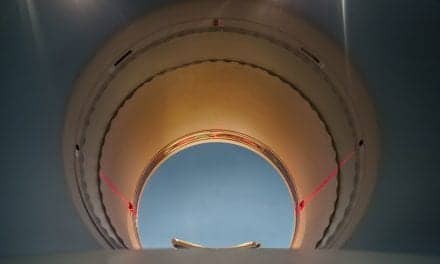Quantitative measurements have long been a strength of nuclear medicine. There is renewed urgency for accurate, reproducible, and standardized measurements in routine clinical practice as the role of diagnostic and therapeutic radiopharmaceuticals in clinical trials and routine clinical care grows. The Clinical Trials Network (CTN) continues to be involved in this space, with several active projects to address this need.
Dosimetry calculations before and after targeted radiopharmaceutical therapies have the potential to improve their efficacy by maximizing dose delivered to tumors while remaining within safe dose limits to normal organs. Many therapeutic radionuclides, such as 177Lu, emit photons suitable for SPECT; others, such as the alpha-emitter 212Pb, that cannot be directly imaged themselves have elementally identical isotopes (203Pb in the case of lead) suitable for imaging-based dosimetry.
The CTN is currently developing SPECT/CT scanner calibration methods that will allow multiple sites to acquire accurate and reproducible measurements of radioactivity delivered to normal tissues and tumors. The availability of widespread, reliable SPECT/CT quantitation for dosimetry is critical to realizing the full potential of patient-based dosimetry for radiopharmaceutical therapies.
Another key aspect of quantitative imaging is accurate dose calibrator calibration methodologies to determine the amount of activity administered to a patient. Dose calibrator accuracy is also critical to calibrating SPECT sensitivities to enable reliable image-based quantitation. These imaging systems can only be as accurate as the radioactivity measurement made by the dose calibrator used. An important component of ensuring quantitative accuracy with dose calibrators for isotopes such as 89Zr or 177Lu are well-characterized radioactive standards.
The CTN is working with the National Institute of Standards and Technology (NIST) to develop a network of NIST Secondary Standards Laboratories that can validate accurate and traceable standards for calibration of radionuclides relevant to nuclear medicine. This network is expected to increase the availability and decrease the cost of these standards, making quantitative accuracy routinely feasible in clinical trials with quantitative endpoints.
Diagnostic PET agents are also playing an increasing role in guiding key treatment decisions in cancer and Alzheimer’s disease. The CTN continues to support PET/CT scanner calibration for 18F, 68Ga and 89Zr for applications in oncology and neurology. PET tracers designed to measure immune response to immune-based cancer therapies such as the CD8 T-cell imaging agent [89Zr] crefmirlimab berdoxam are growing in use and are expected to facilitate the assessment of immune system activation by new therapies in clinical trials and ultimately in clinical practice.
Similarly, PET tracers targeting pathological brain amyloid in Alzheimer’s disease are being used in clinical trials to select patients for antiamyloid therapy and to monitor the clearance of amyloid from the brain over the course of therapy.
If this approach is validated in phase III clinical trials, amyloid PET could become a key part of deciding which patients with cognitive impairment to treat with antiamyloid therapies and when treatment should end based on clearance of activity from the cerebral cortex. In both of these examples, accurate and reproducible quantitation is key to making the correct patient management decisions with PET.






